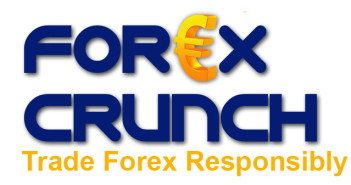Weekly unemployment claims didn’t rise and even fell by 3,000. Producer prices rose marginally more than expected. This supports the dollar across the board especially helping the yen intervention.
The figures released in August were disastrous – employment, home sales, durable goods order, and almost every US indicator was significantly below consensus. For the Philly PMI, even the most pessimistic economist didn’t predict the negative score. But during September, things are slightly better:
This is a mix of genuinely better numbers, and also lower expectations. A significant acceleration in growth isn’t expected. Figures that indicate avoiding a double-dip recession are good enough.
Weekly jobless claims surprised for a second week in a row and fell from 453K to 450K. Only a drop under 430K means a real move in the US job market. But when expectations stand on 463K, this is a reason to smile.
The producer prices index (PPI) rose by 0.4%, after rising by 0.2% last month. This was slightly better than 0.3% that was predicted. Core PPI rose by only 0.1%, exactly as expected. Also here, a minor surprise that comes on top of low expectations helps the dollar.
TIC Long-Term Purchases show net foreign investment in the US, and serve as a gauge of confidence in the US economy. They also surprised with a rise from 44.4 to 61.2 billion. They were double not so long ago.
Dollar rises
The dollar enjoys gains against most currencies, but most moves aren’t that big. For example, EUR/USD dropped 30 pips from 1.3080 to 1.3050, but then bounced back.
For the Bank of Japan, these small surprises are good news. Yesterday I wrote about that the intervention in the yen will hold and gave 5 reasons. Reason No. 3 – good US figures. Indeed, USD/JPY continues trading at the high levels of 85.60. The figures save the BOJ some extra intervention money.
In that context, Â another notable currency is the Swiss Franc. The quarterly rate decision by the SNB left the Libor rate unchanged at 0.25%. While this was wildly expected, USD/CHF jumped by 110 pips, from 1.0050 to 1.0165 as if it the decision was disappointing.
To me, this looks like an intervention. In the past, such as in March 2009, the Libor Rate decision was followed by a strong intervention.
Did the Swiss get appetite from the Japanese move?
This is busy day full of US indicators. We later have the Philly Fed Manufacturing Index which is expected to recover from the terrible negative score of -7.7 and rise above the water to 0.9.
And, Treasury secretary Geithner will speak about currencies in an official testimony. The focus will be on China, but any remarks about the yen intervention will rock the markets.
Want to see what other traders are doing in real accounts? Check out Currensee. It’s free..



